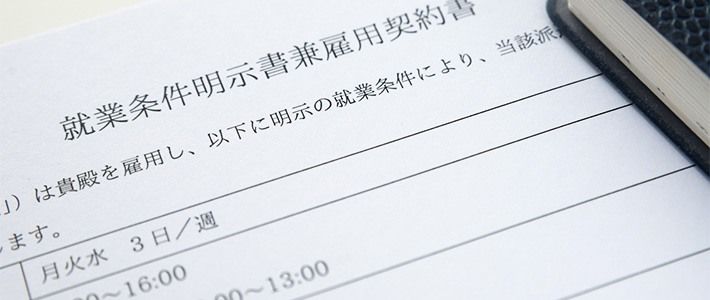
Level of Nonregular Employment Remains High in Japan at 37.3%
Society- English
- 日本語
- 简体字
- 繁體字
- Français
- Español
- العربية
- Русский
According to research conducted by the Ministry of Internal Affairs and Communications, Japan had 34.2 million regular employees in 2017, an increase of 560,000 over the previous year, while the number of nonregular employees increased by 130,000 to 20.4 million in total. For that year, nonregular employees made up 37.3% of the overall workforce. Although this was 0.2 points lower than the previous year, the level remains high.

Within the working-age population (15–64), the number of regular employees rose by 460,000 to 33.2 million, and the total for employees aged 65 and over climbed 100,000 to 1.1 million.
Meanwhile, there were 17.2 million nonregular employees aged 15 to 64 in 2017, down 30,000 on the previous year. The number of workers 65 and older with nonregular jobs rose by 150,000 to 3.2 million.
As Japan’s population drops, due to its falling birth rate, companies are facing an increased labor shortage, and struggle to secure needed employees. For this reason, more companies are hiring older workers, leading to an increase in the number of people who are working on a contract or temporary basis after retirement. This is thought to be one factor behind the persistently high level of nonregular employment in Japan.
(Translated from Japanese. Banner photo © Pixta)employment Part-time work nonregular employment senior employment